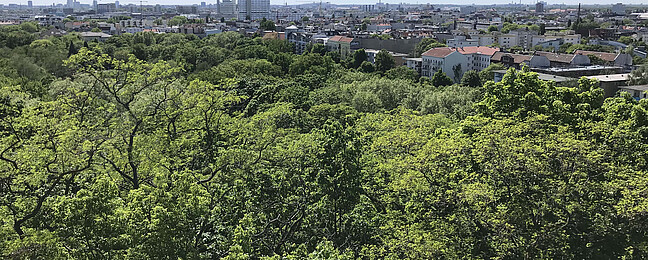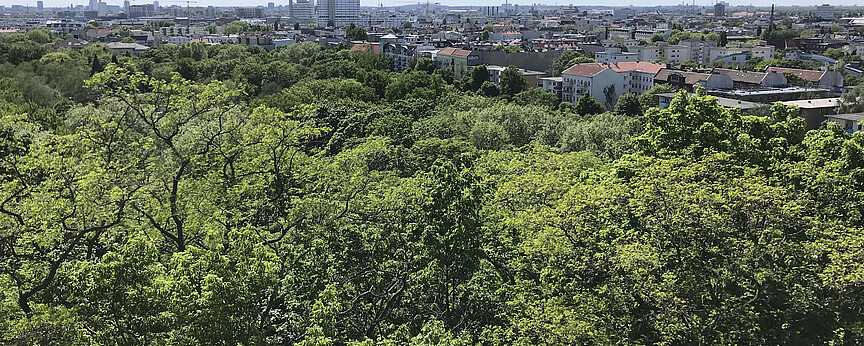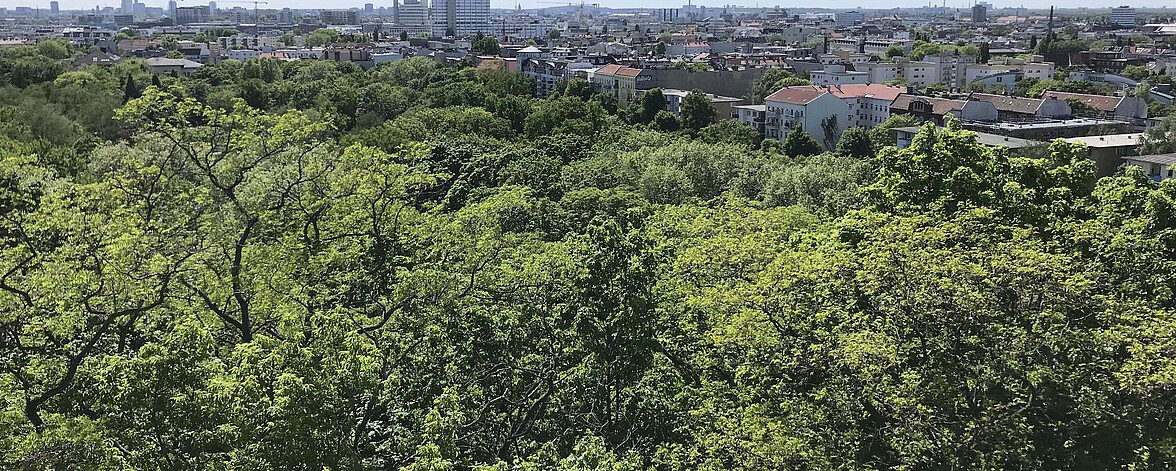


Plan B - Planning for Biodiversity and Vegetation Development
Our research group is called Plan B, which stands for Planning for Biodiversity. Further, the name is also a reminder that ecosystem management in the Anthropocene involves restoration and people-centered, integrated assessment in addition to biodiversity conservation.
Biodiversity is declining globally due to human activities: Use of land and resources, construction of infrastructures and settlements as well as a changing climate. At the same time, we depend on biodiverse ecosystems and their functions and services for our health and well-being. There is a strong urge to strengthen planning processes that ensure no-net-loss of biodiversity despite human activities, or even lead to overall positive biodiversity outcomes in the course of land use and infrastructure development.
Towards the goal of biodiversity net-gain, our research group works on developing inclusive strategies to protect and restore nature in the context of global land systems based on mapping and assessing vegetation changes. A special focus lies on the reconciliation of biodiversity with social inclusivity and the functions of built infrastructures inside and outside of cities, including for renewable energies:
- We support approaches to integrated biodiversity development by analysing spontaneous and managed vegetation growth within areas formed by human activities.
- We use maps and spatial analyses supported by remote sensing to assess vegetation changes in the context of infrastructure and urban development.
- We seek inclusive approaches to biodiversity and human development, ensuring sufficient access to basic green, blue and gray infrastructures and livable cities, while considering the interests of multiple actors across landscapes.
- We produce accessible visual outputs about current and future landscape and vegetation trajectories as a base for communication in planning processes.





